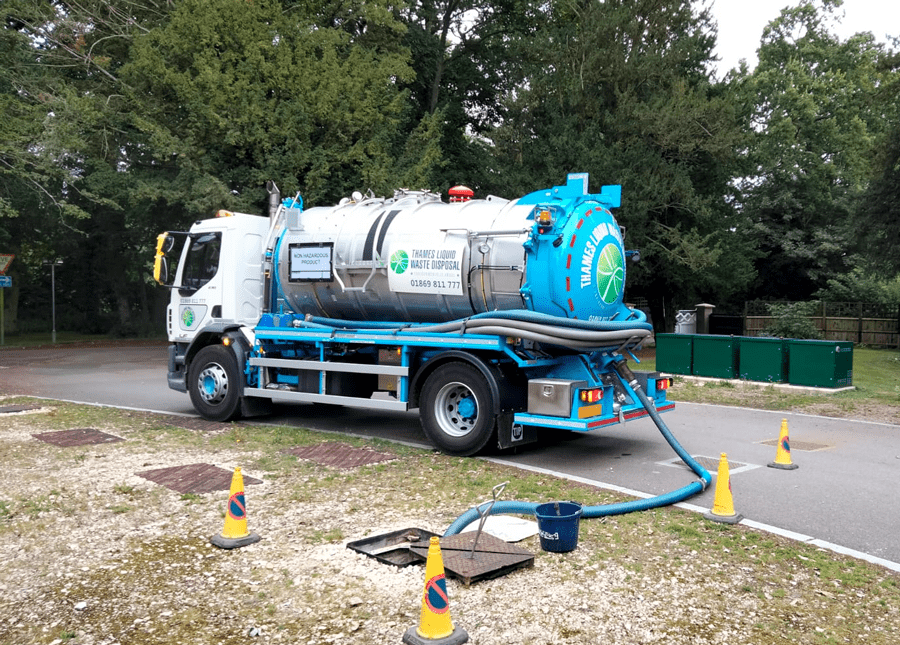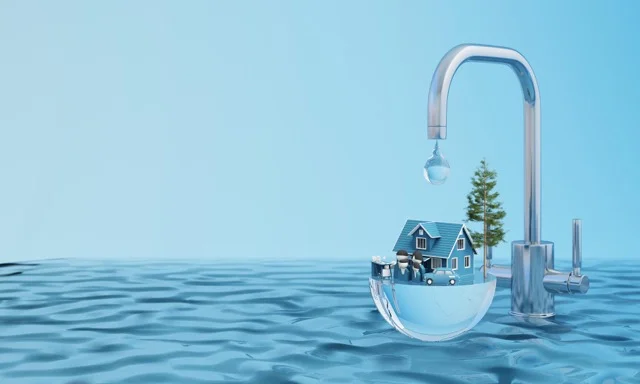Reclaim Waste - An Overview
Table of ContentsThe Main Principles Of Reclaim Waste What Does Reclaim Waste Do?Some Known Questions About Reclaim Waste.The smart Trick of Reclaim Waste That Nobody is DiscussingReclaim Waste Fundamentals Explained
Domestic sewage waste refers to the waste and items from a residential septic tank. The appropriate management and disposal of domestic sewer waste call for liquid waste to be moved to a sewer treatment plant where the correct techniques and devices are used to detoxify and dispose of waste.
Industrial waste usually consists of potential dangers, such as flammable products or a combination of fluid and strong waste items, and needs an extra sophisticated and thorough disposal procedure. The disposal of business waste normally entails the filtration of waste before transport to make sure safe and appropriate disposal. Hazardous waste is developed from results and drainage of industrial processes and manufacturing.
This type of waste can not utilize the very same sewer monitoring transport or processes as septic or commercial liquids. The hazardous waste management process needs the assessment and testing of liquid waste before it undergoes the disposal process (industrial wastewater treatment). Drainage waste is the liquid waste that originates from drainage and excess stormwater in very booming locations or cities
Overflow waste can trigger contamination and flooding if not dealt with appropriately. Find out more regarding drain cleaning and waste management. Guaranteeing proper waste management can protect against calamities and lower ecological damage. Both individuals in residential setups and specialists in industrial or production industries can gain from comprehending the procedures and policies of liquid waste monitoring.
Some Known Facts About Reclaim Waste.
Contact PROS Solutions today to find out concerning our waste administration and disposal services and the appropriate methods to look after the liquid waste you create.
(https://leonaube33101.wixsite.com/reclaim-waste/post/effective-liquid-waste-removal-and-disposal-everything-you-need-to-know)This supposed 'wastewater' is not just an important source however, after treatment, will certainly be released to our land, rivers or the ocean. Made use of water from toilets, showers, bathrooms, kitchen area sinks, washings and industrial procedures is recognized as wastewater.

water used to cool down machinery or tidy plant and equipment). Stormwater, a kind of wastewater, is runoff that moves from over here farming and urban locations such as roofs, parks, yards, roads, paths and seamless gutters into stormwater drains pipes, after rain. Stormwater streams untreated straight to local creeks or rivers, ultimately getting to the ocean.
The Main Principles Of Reclaim Waste
In Queensland, most wastewater is treated at sewage therapy plants. Wastewater is transported from domestic or industrial sites with a system of drains and pump terminals, called sewerage reticulation, to a sewage therapy plant. Local governments build, preserve and run most sewage therapy plants. Operators are certified under the Environmental Management Act 1994 to release cured wastewater at an appropriate ecological standard into waterways.
The Department of Natural Resources recommends local governments regarding managing, operating and maintaining sewage systems and therapy plants. In unsewered locations, city governments might need owners to install individual or house sewer treatment systems to treat residential wastewater from bathrooms, kitchen areas, restrooms and laundries. The Division of Natural Resources authorises the use of house systems when they are verified to be effective.
In some new communities, treatment of some stormwater to get rid of trash, sand and crushed rock has started utilizing gross toxin traps. Wastewater therapy occurs in 4 phases: Eliminates strong issue.
Makes use of tiny living organisms understands as micro-organisms to damage down and get rid of remaining liquified wastes and great fragments. Micro-organisms and wastes are incorporated in the sludge.
The 20-Second Trick For Reclaim Waste
Nutrient removal is not available in any way sewage therapy plants due to the fact that it calls for expensive specialist tools. It is becoming much more usual in Queensland. Clear liquid effluent created after therapy might still have disease-causing micro-organisms. If this effluent is launched right into waterways such as rivers or the sea, the micro-organisms will eventually die out.

This generally suggests wastewater has actually to be dealt with or contaminants removed before it can be discharged to waterways. Many wastewater flows into the sewerage system. Under the Act, local governments administer authorizations and licences for environmentally pertinent activities (ERAs) entailing wastewater launches that may have a regional impact. The division provides approvals and permits to ERAs including wastewater releases that could have a regional or statewide influence.
The 9-Minute Rule for Reclaim Waste
Monitoring gives valid information concerning water top quality and can validate that licence problems are being fulfilled. The details gotten through tracking gives the basis for making water quality decisions.